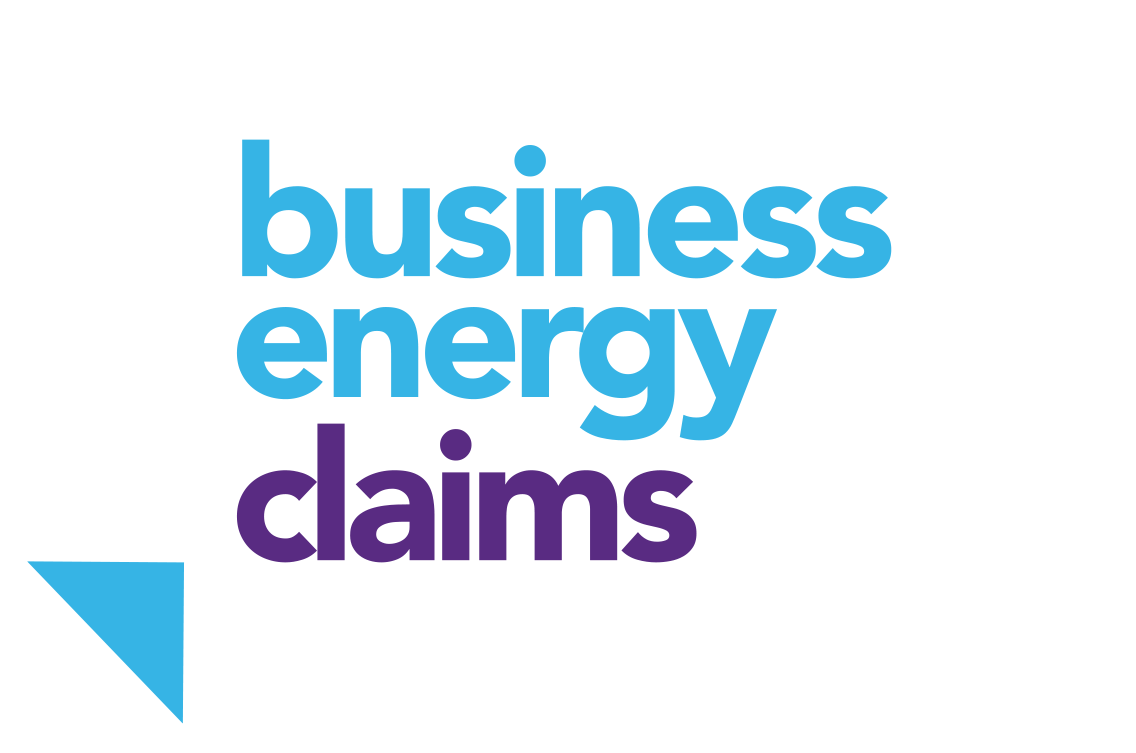As the UK energy market continues to evolve, energy switching remains one of the most effective ways for businesses to manage costs and secure better deals. Yet, despite its benefits, many myths and misconceptions persist, often discouraging people from taking action.
Whether you’re considering switching for the first time, moving properties or simply want to ensure you’re not overpaying, our guide will help you navigate energy switching with confidence.
Why Energy Switching Still Matters in 2025
With energy prices remaining volatile and government support measures under review, switching energy suppliers is more relevant than ever.
While initiatives such as VAT cuts and price caps offer some relief, experts agree that the fastest route to savings is still in the hands of consumers and businesses by actively comparing tariffs and switching suppliers. For businesses, especially, the market now offers more choice, transparency and innovative green solutions than ever before.
Energy Switching Myths Busted
Despite how straightforward switching can be, some common myths remain:
Myth 1: Switching is too much hassle and takes too long.
Reality: With modern comparison tools, switching can take as little as six minutes. All you need is your postcode and a recent bill. The process is managed between your old and new suppliers, so you won’t be left without power.
Myth 2: The price cap means I don’t need to switch.
Reality: Ofgem’s price cap limits the unit rate on standard variable tariffs, not your total bill. If you use more energy, you’ll pay more. Many who haven’t switched recently are likely on expensive variable tariffs and could save by moving to a fixed deal.
Myth 3: I’ll be charged twice during the switch.
Reality: You will not be double-charged. Your new supplier only starts billing from the agreed “go-live” date. Just pay your final bill to your previous supplier and cancel your direct debit once the last payment is made
Myth 4: Only large businesses benefit from switching.
Reality: Small and medium-sized enterprises (SMEs) can achieve significant savings and improved service by switching, especially as new suppliers offer competitive rates and tailored support.
Moving Location? Here’s What You Need to Know
Moving location is a prime opportunity to review your energy arrangements. Here’s our step-by-step guide:
- Notify your current supplier at least 48 hours before moving. Provide your new address for the final bill.
- Take final meter readings on moving day and submit them to your supplier. Keep a record for your own reference.
- At your new premises, take meter readings as soon as you move in. Contact the current supplier to inform them you’ve moved in and provide the readings.
- Don’t assume the previous owner was on the best deal. You’ll be placed on a default tariff, which is often the most expensive. Use this as an opportunity to compare and switch to a better deal.
If your business is moving premises, make sure to review your contract terms as some suppliers may waive exit fees in the case of a move and you may be able to negotiate better rates at your new location.
Energy Switching Q&A: Your Questions Answered
Q: How long does it take to switch suppliers?
A: For households, switching typically takes up to five working days. For businesses, the process may vary depending on contract terms.
Q: Can I switch if I’m still under contract?
A: You may face exit fees if you leave a fixed-term contract early. However, some suppliers waive these fees if you’re moving house or if your contract is ending.
Q: What if my business has been mis-sold a contract or overcharged?
A: Regulatory updates introduced in 2025 have enhanced protections for business energy customers. If you suspect there have been hidden commissions, unclear contract terms or unfair charges, you may be eligible to make a claim and recover lost funds.
Q: Is there a price cap for business energy?
A: No, there is no regulated price cap for business energy. This makes it even more important for businesses to compare deals and negotiate contracts.
Q: What about green energy options?
A: Many suppliers now offer renewable tariffs and carbon-neutral options, often at competitive prices. Switching can help your business meet sustainability goals while managing costs.
Take Control of Your Energy Costs
Don’t let outdated myths keep you on an expensive tariff. Regularly reviewing your energy contract, especially during key moments like moving or contract renewal, can lead to substantial savings.
If you believe your business has been mis-sold an energy contract or overcharged, Business Energy Claims can help you understand your rights and pursue compensation.
